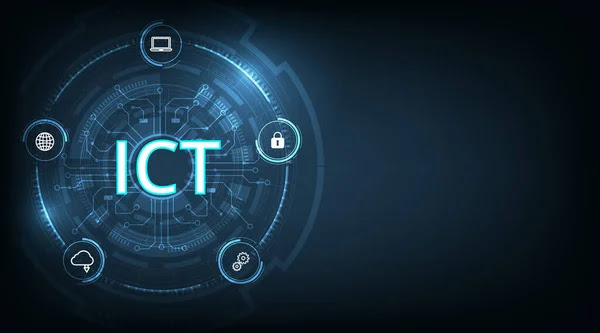In the not-so-distant past, newspapers and television were the primary sources of news, and journalists held the sacred responsibility of disseminating information to the masses. However, the advent of social media has revolutionized the way we consume news. In the blink of an eye, a tweet, a Facebook post, or an Instagram story can catapult an event into the global spotlight, making social media a formidable player in the news landscape. In this whirlwind of ever-changing technology, social media has both empowered and challenged the traditional media, creating a seismic shift in journalism. This article explores the profound significance of social media in the news landscape, delving into its impact on information dissemination, audience engagement, journalism ethics, and the broader implications for society.
Part I: Empowering Citizen Journalism and Instantaneous Reporting
Social media has democratised news reporting, allowing ordinary citizens to become accidental journalists in the digital age. As major events unfold, eyewitnesses can immediately capture and share images and videos, providing real-time updates from the ground. This citizen journalism has offered a fresh perspective on global events, uncovering stories that mainstream media may have overlooked. With a smartphone in hand, anyone can break news, paving the way for a decentralized information flow.
Part II: The Rise of Viral Misinformation and Disinformation
While social media has the power to democratize news, it also has the capacity to disseminate misinformation and disinformation at an unprecedented scale. Viral hoaxes, deepfakes, and manipulated images can easily sway public opinion and exacerbate societal divides. The challenge for society is distinguishing between authentic journalism and misleading content, reinforcing the importance of media literacy and critical thinking.
Part III: Social Media as a Double-Edged Sword for Journalists
For traditional journalists, social media is both a blessing and a curse. On one hand, it offers an efficient platform to reach a broader audience and foster engagement with readers. However, it also brings immense pressure on journalists to churn out click-worthy headlines, prioritize sensationalism over substance, and sometimes even cater to algorithmic biases. Striking a balance between authenticity and audience appeal becomes a delicate dance for media professionals.
Part IV: The Echo Chamber Effect
The digital age has given rise to personalized content curation algorithms, which cater to individual preferences. This has led to the formation of echo chambers, where users are continuously exposed to information that aligns with their existing beliefs, creating an increasingly polarized society. The implications of this echo chamber effect on democracy and civic discourse are profound, raising questions about the responsibility of social media platforms in shaping public opinion.
Part V: Engaging Audiences and Building News Communities
On the flip side, social media has transformed news consumption from a passive experience into an interactive and community-driven one. Audiences can now directly engage with journalists, share their opinions, and participate in meaningful discussions. Social media platforms act as catalysts for online communities centered around news topics, fostering a sense of belonging and shared purpose.
Part VI: The Ethical Dilemmas of Social Media Journalism
In the quest for breaking news and capturing the attention of audiences, ethical dilemmas loom large in social media journalism. The pressure to be the first to report can lead to factual inaccuracies, misrepresentation of facts, and invasion of privacy. Journalists and news organizations face an ethical dilemma when it comes to verifying user-generated content and avoiding harm in the race for a story.
Part VII: The Role of Social Media in Crisis Communication
During times of crisis and emergencies, social media has become a critical tool for disseminating information and coordinating relief efforts. From natural disasters to global health crises, social media serves as a lifeline for communities seeking help and aid. However, it also poses challenges for authorities in managing rumors and misinformation during such times.
Conclusion: The Unstoppable Force
Social media's significance in the news landscape is undeniable. It has shaken the foundations of traditional journalism while empowering individuals to become citizen journalists. The power of instantaneous reporting, audience engagement, and community building has redefined how we consume and participate in news. Nevertheless, this force comes with its own set of challenges, including misinformation, echo chambers, and ethical dilemmas. As we navigate this brave new world, the responsibility lies not only with social media platforms and journalists but also with society as a whole to foster critical thinking, media literacy, and a conscious approach to news consumption. Only then can we harness the true potential of social media to create a more informed and interconnected global community.

